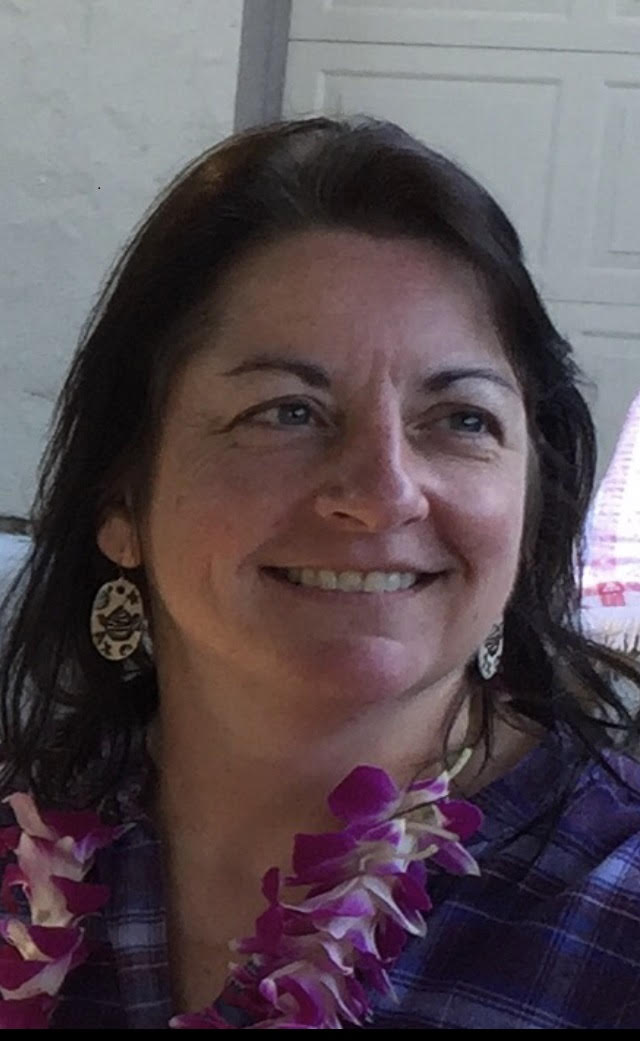Urban wastewater and stormwater discharges must comply with the Clean Water Act to ensure urban watersheds are protective of the environment, public health, and beneficial uses of these waterways. However, stormwater collection systems are simply conveyances, transporting pollutants from outdoor chemical use. Similarly, wastewater treatment facilities are typically not designed to remove heavy metals, pesticides, and pharmaceuticals; advanced treatment is costly and often infeasible. Therefore, pollution prevention and upstream source control are vital to urban environmental protection.
While it is possible to regulate industrial and commercial entities, it’s not possible for local agencies to restrict product sales or consumer use and disposal choices. Consumer products for an array of uses, such as disinfection, flea and termite control, stain-guarding and waterproofing, find pathways in and outside of our homes that allow them to inflict harm on our aquatic ecosystems.
In this webinar, you’ll learn about types of urban pollutants to look out for, the unexpected ways they enter and impact our watersheds, and what we can do to be more mindful of what we’re using in our homes, on our pets, in our yards, and on our hardscapes.
References:
About Our Presenter:
Stephanie Hughes is a registered Chemical Engineer with 30 years of experience in water quality and regulatory compliance. Stephanie operates her own consulting business, providing technical support to Bay Area wastewater and stormwater agencies. Her work includes facilitating the implementation of commercial and residential programs to reduce discharges of heavy metals, pesticides, dioxins, pharmaceuticals and other pollutants to sewers and storm drains. Stephanie also reviews and makes public comments on EPA and DPR pesticide registration processes on behalf of wastewater and stormwater agencies whose collection systems are merely conveyances of, rather than direct sources of, these pollutants.
In the early 2000s, Stephanie worked with teams of engineers, scientists and dentists in several US cities to develop best management practices (BMPs) for dental offices to reduce mercury amalgam discharges to sewers. In 2017, the US EPA codified those BMPs making them requirements throughout the entire country. Stephanie also drafted and lobbied for California's Mercury Reduction Act of 2001, SB 633, impacting mercury in schools, vehicles, fever thermometers, and novelty items.
In addition to her consulting projects, she is also a Senior Lecturer at Santa Clara University teaching classes such as Garbology, Environmental Technology, and Energy and the Environment. Stephanie holds a B.S. degree in Chemical Engineering from the University of Minnesota and M.S. degrees in both Chemical Engineering and Civil/Environmental Engineering from Stanford.
Registration
Registration is free for AWWEE members. Members can add up to 2 guests.
Non-member registration fee is $20.

